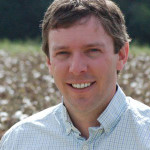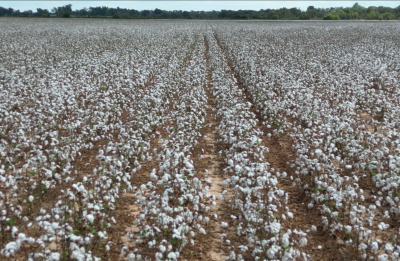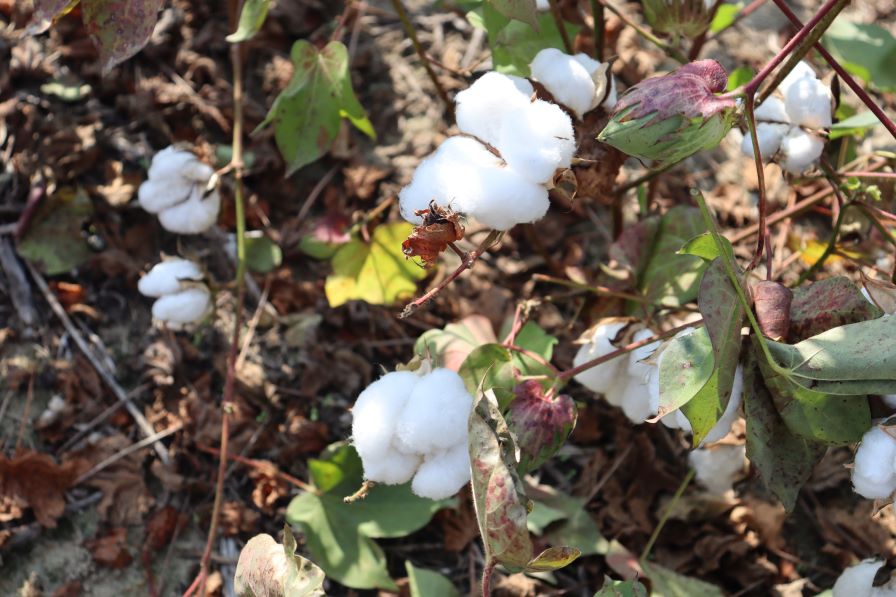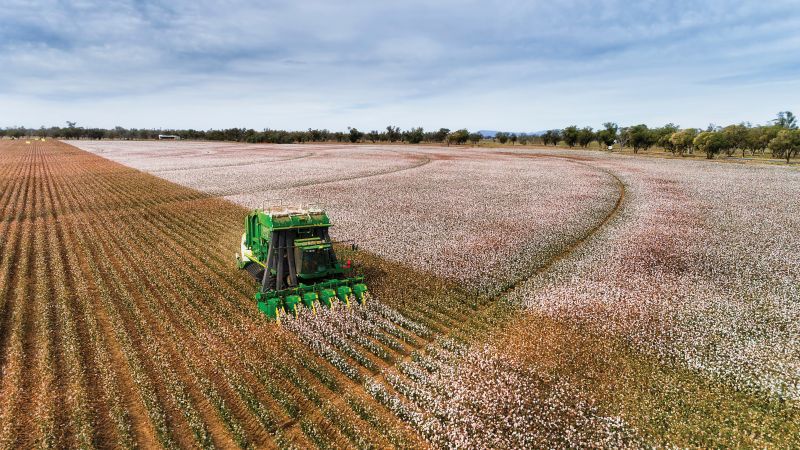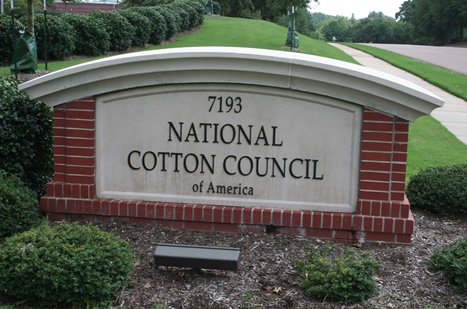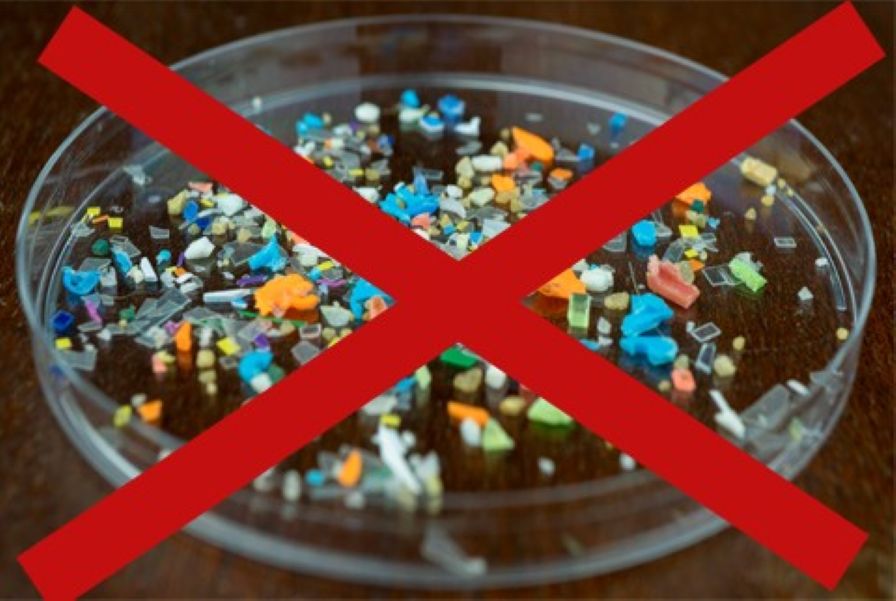Henson and Hogg Heaven: Holy Water and Fiber Quality on the High Plains of Texas
West Texas cotton growers Mike Henson and Glenn Hogg have more in common than similar business operations. Both farm several thousand acres of cotton just outside of Lubbock. Both have commercial aerial applicator businesses in addition to their farming operations. But even more interesting is that both address a common problem for cotton producers with a fairly uncomplicated answer.
What’s the problem? It’s the triad conundrum of high inputs, low market prices and concern over natural resources. So what’s the solution to a problem like that? It’s really simple math – higher yields and better quality. How do you achieve that? With irrigation and cotton with great genetics.
Both West Texas growers rely primarily on FiberMax cotton to achieve the yields and quality they need. Henson said the price and quality keeps him in business, but the better yields also have an ancillary benefit – less environmental impact per bale of cotton.
“My granddad said if you take care of the land, the land will take care of you. And I have never forgotten that. So I have tried to be a good steward of the land, and over the last few years, we’ve learned to be good stewards with water. That’s when we started with pivots, and trying to make those better and more efficient and economical – trying to produce more yield with a gallon of water,” Henson said. “Now we are putting in more drip irrigation and we are cutting back on acres farmed, and getting more yield off of those acres that we are doing. So we are getting more yields off of fewer acres. And that brings me back to what my granddad taught me. I truly believe that drip irrigation and FiberMax cotton is letting me achieve what I want to achieve, which is more yield per gallon of water – and I produce more cotton with that gallon of water than we ever have in the past.”
Last year, Henson planted mostly FiberMax 960 B2R and averaged 1,984 pounds per acre on his drip irrigation. That’s more than four bales an acre, but not quite enough for membership into the elite FiberMax One Ton club – a distinction Henson hopes to earn in the near future. This season, Henson planted FM 9063 B2F on his irrigated land and FM 9058 Flex on his dry land. With the Roundup Ready Flex technology combined with the those varieties, Henson believes he will have the right mix of biotech and superior genetics – something that wasn’t available until recent years.
“In the past, before we got some of the new varieties we have out here, if we wanted to grow two bales of cotton per acre – that was about it. No matter how much water we had, no matter what we did, no matter how much fertilizer we had – two bales was tops,” Henson said. “But we stared growing this FiberMax cotton, and we had to start thinking out of the box. Because now, when you talk about maximizing your yield, you are looking at three bales plus. It all began with FiberMax 958. It wasn’t Roundup Ready, and it wasn’t Bollguard – it was just cotton seed. I learned real quick that this wasn’t like my granddaddy’s cotton seed. This is new stuff and it is good.”
Hogg agrees, but adds that FiberMax quality often gets him 2 or 3 more cents in the loan, which can sometimes mean the difference between a good and bad year.
“We are in a world market now, and we have got to be smart enough to grow 55 cent cotton, and that is one of the things I like about the FiberMax varieties. You’ve got to be able to get those 2 or 3 cents more for quality – that extra few cents might be the difference between making a dollar and losing a dollar,” Hogg said.
It’s Not A Perfect World
Henson and Hogg say FiberMax is an integral part of their operations, but like any crop, there are some trouble spots in the road. Henson’s biggest pests are weeds, and that is one reason why he switched to the Roundup Ready Flex traits for the 2007 season. He can spray later in the season, using faster running spray rigs.
“The reason that I want to go to the Flex variety is because we have $2.65 diesel for tractors, and I can farm with a 16-row spray boom and run 8-10 miles an hour, as opposed to 8 rows at 5 miles an hour, plowing weeds and moisture out of the ground,” Henson said. “I can go over the top all year long and control my biggest pest – weeds. Depending on the rain, two times is all you are going to have to spray. Sometimes you will have to spray some fields three times. But most of the time, we will spray in August, and that will be the last time that we spray.”
Hogg’s pest situation is a little different. He doesn’t use Bollguard because “last year, I didn’t spray any bollworms at all, and on 3,000 acres, that is a substantial savings.” For herbicides, Hogg “still uses regular yellow herbicide for Plan A, and my Roundup for Plan B, and I don’t know what Plan C is – a hoe a guess.” Insects can be a little more difficult.
“We have some early insect problems, and that is why I use Temik or a seed treatment. My biggest problems is thrips probably more than anything else that we have to worry about in the early season. Then later on you have the aphids. But that’s what people usually spray for – a thrip, aphid or maybe an army worm situation.”


